Coffee Table Part 7 – Mortise and Tenon Joinery
The fun part!
I am now going to focus on the classic woodworking joint- the mortise and tenon. Evidence of this joint dates back to the furniture in the Great Pyramids in Egypt. I am quite sure that every woodworking culture has developed the same or similar joint. The reason is twofold. First the joint is strong. One piece of wood slips into the other. The result is a piece of furniture can take volume without glue. The second great advantage of the joint is that it creates a perfect situation for glue. Wood is a strange material in that it can be glued together successfully except for the end of a board. Glue does not work there. The beauty of the mortise and tenon joint is that it takes a situation where you would have one of those end grain joints and creates long grain to long grain glue surface.
Here we go.
As usual this sort of precision work begins with having a clear plan and lots of pencil lines.
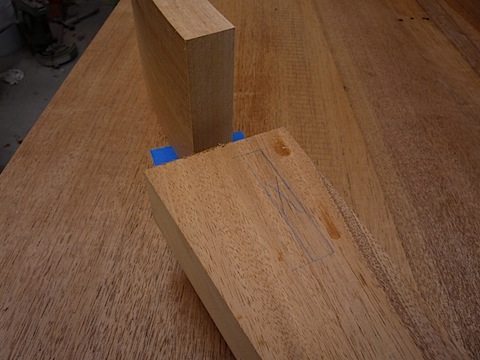
Off to a modern machine, The Multi-Router, to help create this classic joint.
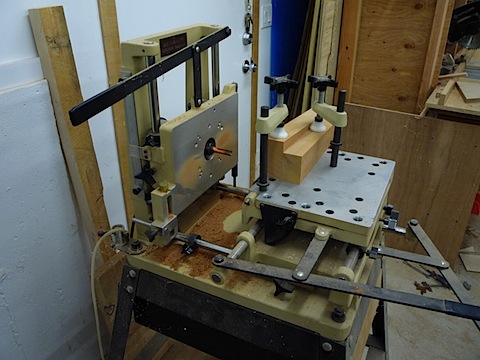
The work is clamped to the table and the router bit cuts the slot, also known as the mortise.
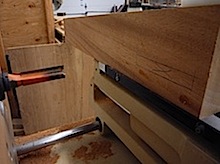

Here are two of the legs.
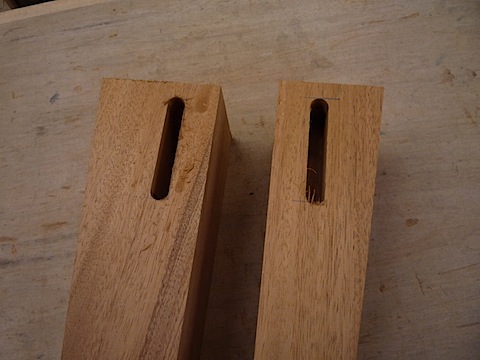
This intersection is going to be tricky.
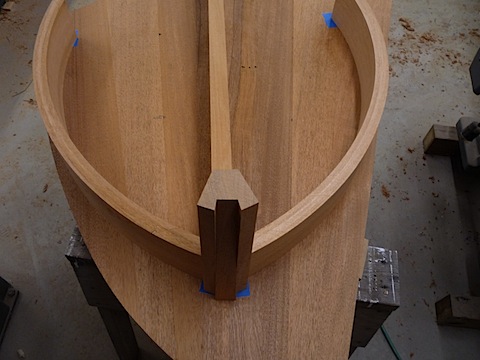
I have to prop the leg up to accommodate the various angles of this intersection.
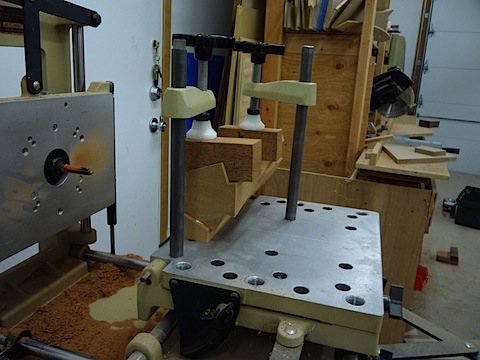
All done with the mortises!
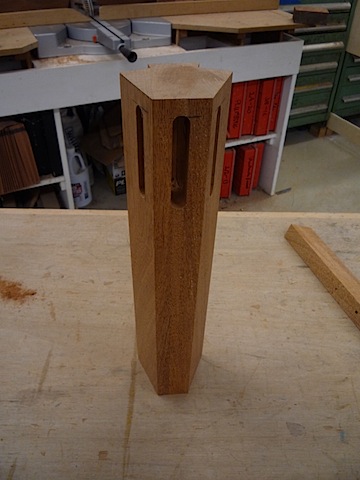
Here is where this machine really shines. I can cut integral tenons with it. This adds another level of quality to my woodworking arsenal.
There is a stylus that will follow a pattern. The result is that the router bit will copy the tenon shape to the end of this curved stretcher.

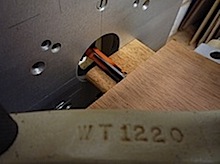
It is quite the operation.
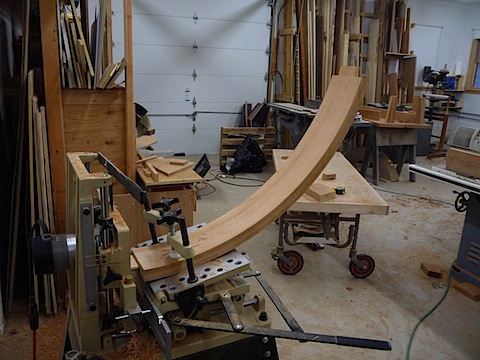
Ready to go together.

This is a good example of the mechanical advantage of this sort of joinery. The structure can stand without glue.
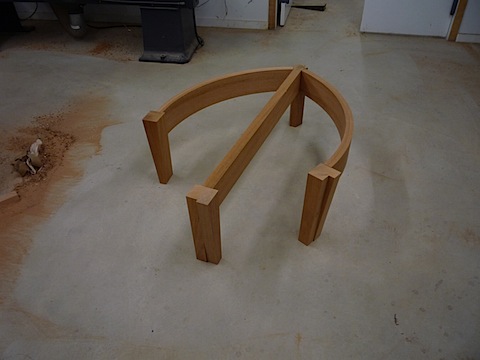
The first look at the table!
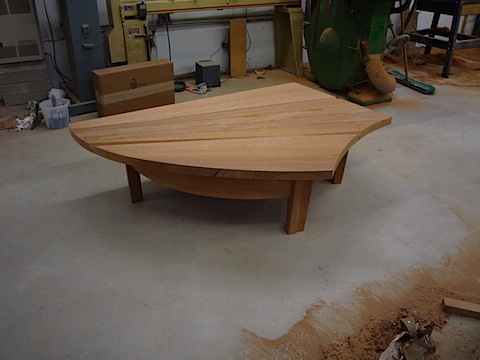
Coffee Table Commission
Part 1
Part 2
Part 3
Part 4
Part 5
Part 6
Part 7
Part 8
Part 9
Part 10
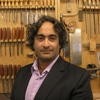 By Nico Yektai -
By Nico Yektai -New York based designer/maker Nico Yektai opened the doors to his Hamptons studio in 1995 after completing the MFA program at the School For American Craft at the Rochester Institute of Technology. The rigorous technical training complimented his background in Art History, which he studied, at Hobart College in Geneva NY. Yektai has synthesized this background into a singular style that has gained him national attention. Visit nicoyektai.com for more information